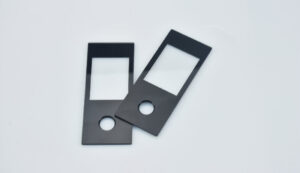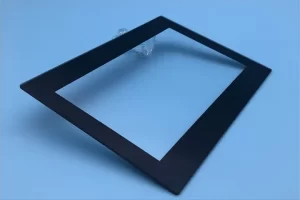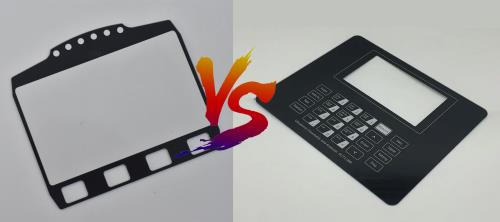Recently, some customers are considering whether to replace the acrylic panel on the touch screen with a glass? In fact, this is not a new topic. According to the current market situation, most touch screens are using glass which is a better choice. In order to eliminate customers’ concerns, Gelivable summarized the differences between glass & acrylic based on our customers’examples.
First of all, in terms of touch sensitivity, glass is obviously better. The glass surface is smoother and do not have uneven surface, which helps your fingertips slide smoothly and stably on the touch screen. At the same time, the glass has better optical transparency and can transmit touch signals more accurately. Moreover, the glass can be made thinner (the thinnest is 0.12mm), which not only maintains strength, but also reduces the pressure transmission path when touching, improving touch sensitivity and response speed.

Secondly, glass also has obvious advantages in terms of hardness and wear resistance. Touch screens require frequent touching and sliding, glass is harder, have better wear-resistant, less prone to scratches than acrylic, thus can better resist wear & tear cause by daily use. In addition, glass is an inorganic material that is not susceptible to chemical corrosion or sunlight’s ultraviolet rays, and will not yellow over time or be affected by chemicals, thereby extending the service life of the equipment and reducing maintenance and replacement costs.

In addition, glass has an optical transmittance and color reproduction capability of up to 92%, which can provide a clearer and more accurate display effect, which is crucial to the user experience of touch screens.
Moreover, glass has high thermal stability and will not cause deformation due to excessive temperature.
Finally, glass is a natural material that can be recycled and reused and is highly environmentally friendly. In contrast, acrylic is a synthetic plastic whose production process may have environmental impact, and recycling is relatively more complex.
To conclude, in the touch screen industry, glass can provide better visual effects, durability and stability compared to acrylic. Whether it is to improve the user experience or extend the service life of the device, glass cover will add infinite charm to your touch screen products!

